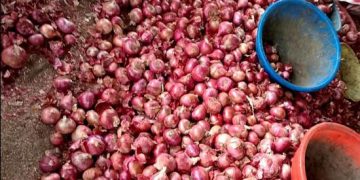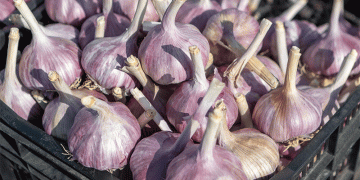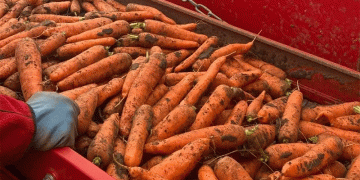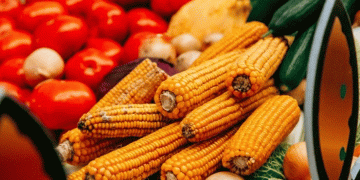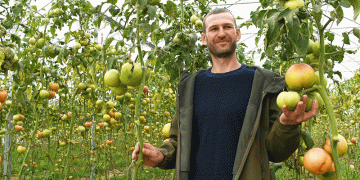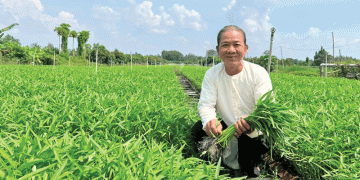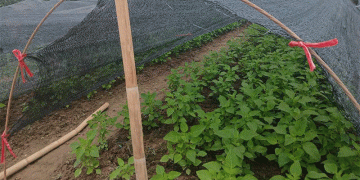The onion market in Maharashtra has witnessed a steep decline in prices, with wholesale rates dropping from ₹35-₹40 per kg in February 2025 to just ₹7-₹13 per kg in May (Vashi APMC data). Retail prices followed, falling from ₹45 per kg to around ₹20-₹30 per kg, with some markets reporting even lower rates. This drastic plunge, while benefiting consumers, has left farmers in severe financial distress.
Bumper Harvest, Plummeting Demand
A 40-50% increase in onion production this season (as per Maharashtra Agriculture Department estimates) has created an unprecedented supply glut. Wholesalers at Vashi APMC report daily arrivals of 100-150 truckloads, nearly double the usual volume. Farmers, encouraged by last year’s high prices, expanded cultivation—only to face crashing rates due to oversupply.
Compounding the issue, unseasonal rains in key growing regions like Nashik and Ahmednagar forced farmers to offload stored stocks early, fearing spoilage. This further flooded the market, worsening the price slump.
Export Policy Failures
In April 2025, the Indian government waived the 20% export duty on onions to boost overseas sales. However, farmers argue the move came too late.
- Sachin More, a Nashik farmer, explains: “Export deals are finalized by February. By April, global buyers had already sourced onions from Iran and Egypt due to our high prices earlier.”
- Sanjay Pingle (APMC Traders’ Association) highlights shrinking export markets: “Bangladesh, which took 35% of our exports, has reduced purchases due to trade tensions. Pakistan trade is also disrupted.”
Without timely policy support, farmers are selling below the breakeven price of ₹18-₹20/kg, pushing many into debt.
Consumer Gains vs. Farmer Losses
While households enjoy cheaper onions, the situation is unsustainable. Retailers like Pradeep Sawant confirm increased consumer purchases, but farmers face ruin. Experts warn that if prices don’t recover, next season’s production could drop sharply, leading to future price spikes.
A Call for Long-Term Solutions
The onion crisis underscores the need for:
- Better supply-demand forecasting to prevent overproduction.
- Faster policy responses, such as pre-emptive export incentives.
- Diversified export markets to reduce dependency on volatile trade partners.
Without structural reforms, farmers will remain vulnerable to market shocks—while consumers may pay the price later.
